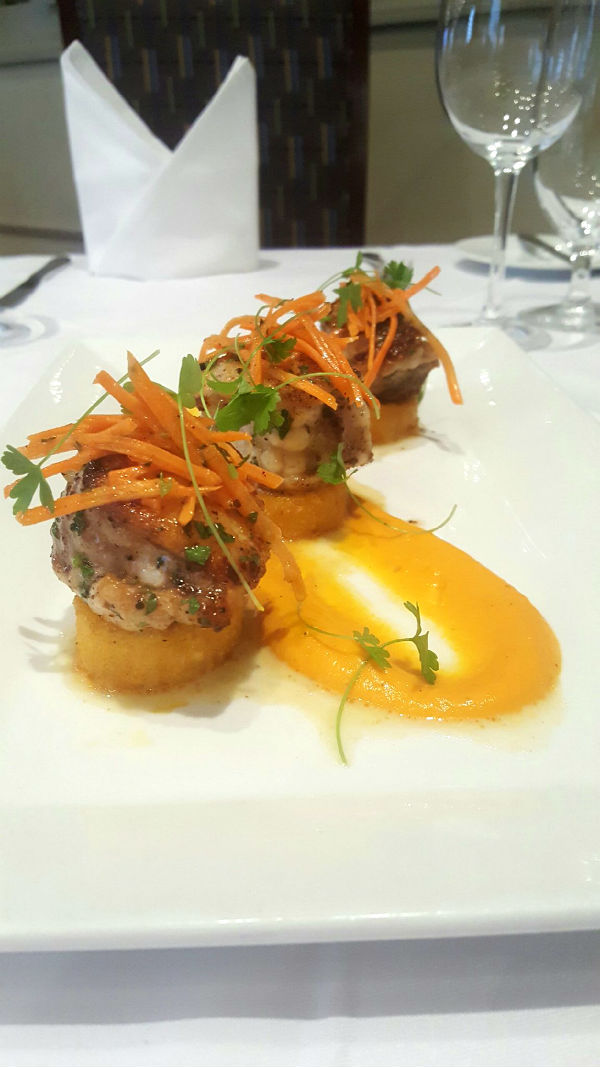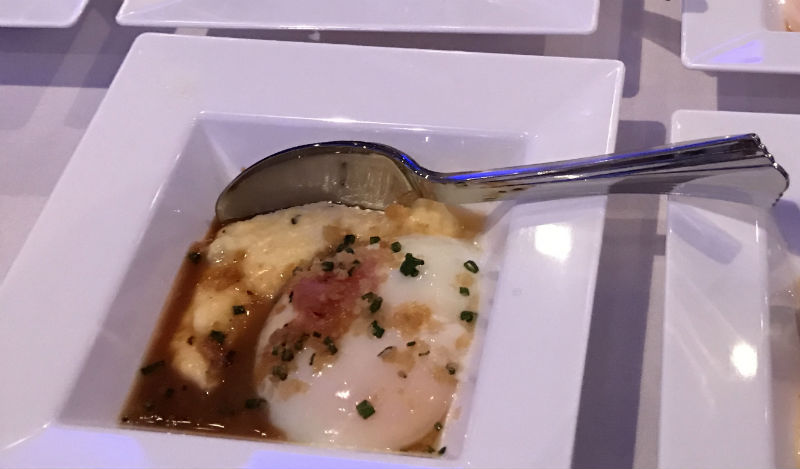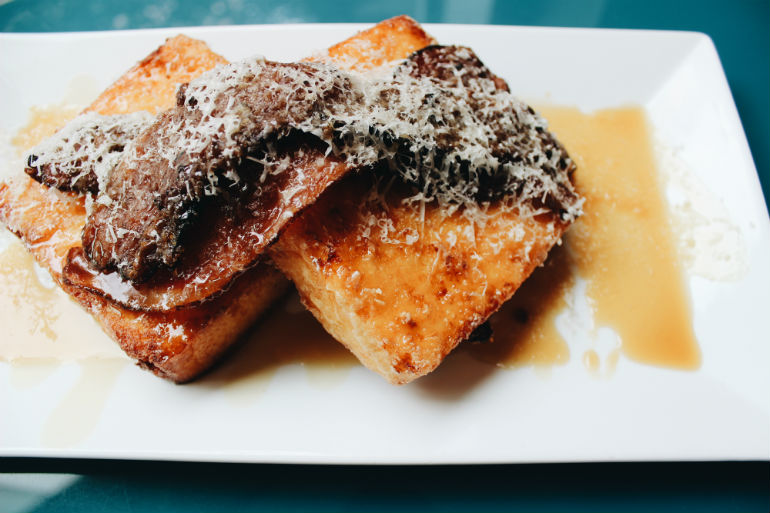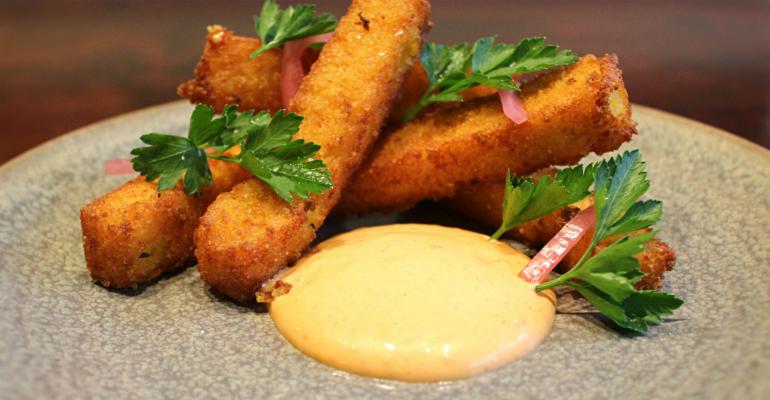Originating in Northern Italy as a peasant food, polenta has gained popularity in the U.S. for its creamy texture and versatility.
Traditionally made from coarsely ground cornmeal, polenta is naturally gluten-free and can be served with or without added spices and cheeses, making a great entrée base or side. It’s even versatile enough to be cooled, sliced and fried, or baked into polenta cakes or polenta fries, which can then be topped with any number of ingredients and sauces.
“Polenta is literally a healthy base for everything,” said Emile Chalouhi, owner of Chicago’s The Polenta Bar, a fast-casual concept that begins every dish with a base of polenta. “Pure polenta is more versatile than even pasta or rice.”

In Milan, Chalouhi said it’s common to find fast-casual restaurants offering build-your-own polenta dishes.
“There’s a machine we use that keeps the polenta fresh for three hours,” he said. “The machine pours the polenta out just like a beer tap.”

“Very few things don’t go with polenta,” said Chalouhi. “As we move into spring, we’ll add polenta chips and polenta croutons for our Caesar salad.”
At the Orchids at Palm Court inside the Hilton Cincinnati at Netherland Plaza, chef Todd Kelly offers polenta fries with smoked aioli, harissa and parsley on the bar menu.
“We like to use polenta for our ability to add flavor to the fries — we use roasted garlic and herbs,” said Kelly. “The polenta has a crisp exterior with an almost molten texture in the center.”
At Davio’s Northern Italian Steakhouse in Boston, chef and culinary director Rodney Murillo serves a crispy polenta alongside his seared monkfish, curried coconut carrot ginger puree, and carrot slaw.
“Polenta is now a food trend, just like meatballs were a few years ago,” said Murillo. “When Italian immigrants first came to this country, polenta was one of the foods that was always readily available. It’s ironic now that it’s back and has such a popularity among foodies. It’s so simple to make, yet so hearty, and it pairs well with seafood.”

In Miami, executive chef Julia Doyne at The Forge serves a black-truffle polenta. “The polenta itself is enriched with Parmesan cheese, mascarpone, and butter,” said Doyne. “The egg is soft poached. Then it is garnished with toasted panko, pickled red onions, chives, and black truffle jus.”
Hot-off-the-griddle polenta cakes are topped with candied bacon, aged white cheddar, and Oregon honey butter at The Original Dinerant in Portland, Ore.

A.J. Voytko, chef of the diner concept, said, “The polenta cakes are a play on not only the Southern staple of cheesy grits, but also an old treat that is fried cornmeal mush, made with cornmeal versus polenta,” he said. “The Tillamook cheddar and a touch of honey add a slight sweetness to the crispy polenta cake. We then garnish the plate with candied bacon; shaved Parmesan, for its saltiness; and honey butter, made with brown butter for its nuttiness.”





